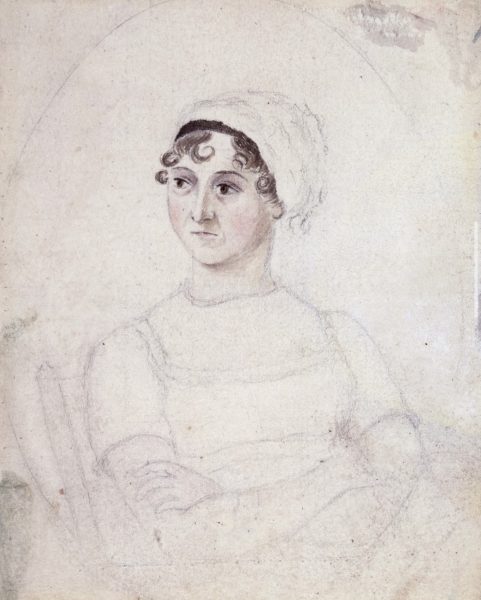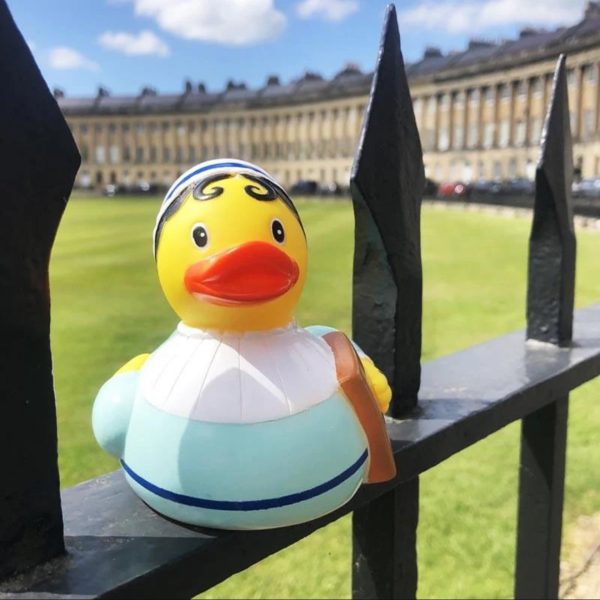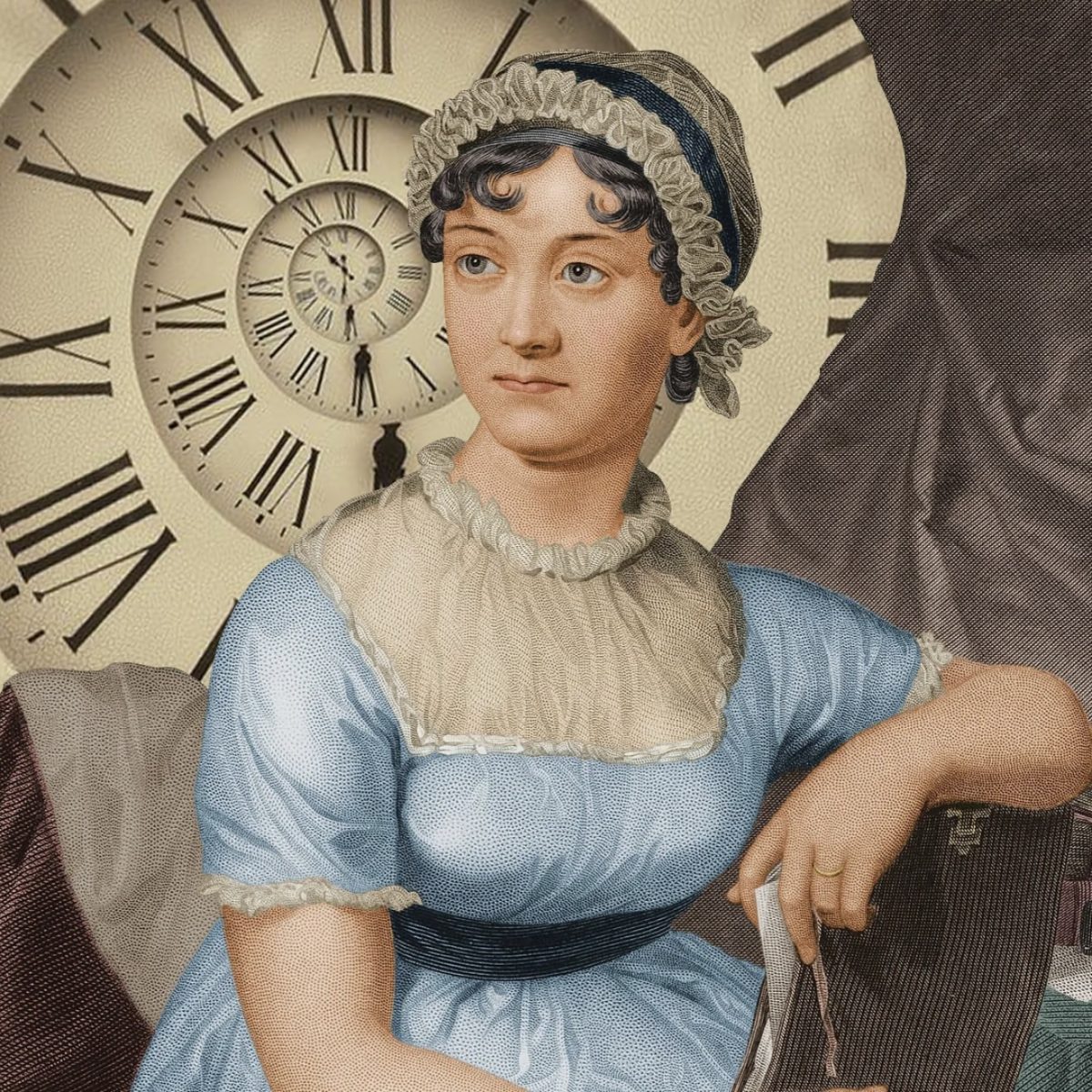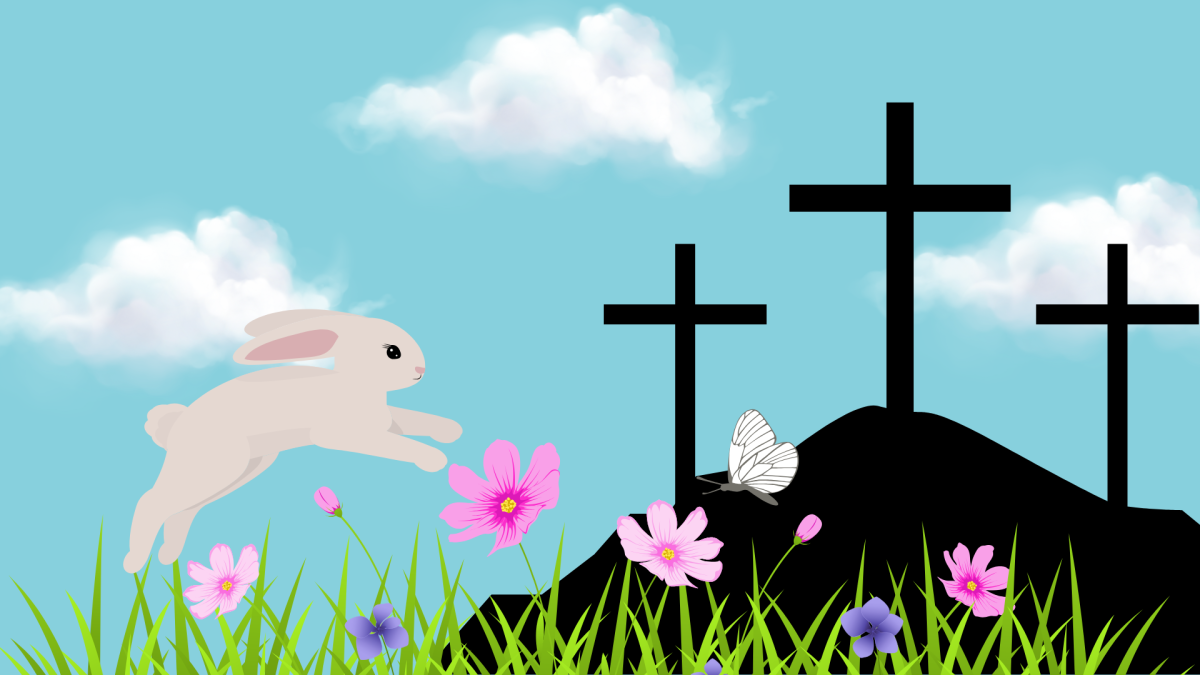“It is a truth universally acknowledged, that a man in possession of a good fortune, must be in want of a wife”. These are the first words of one of the world’s greatest romance novels in the world. “Pride and Prejudice” has forever been a popular novel since its release in 1813, famous for its satirical and ironic humor, but what about its author?

Born on the sixteenth day of the twelfth month, 1775, little Jane was born to Cassandra and Reverend George Austen in the town of Steventon, Hampshire. The seventh child to the family of eight and the second daughter, Jane was closest to her sister, Cassandra, to whom she wrote letters all throughout her lifetime. Luckily for Jane, she lived in a very lively and affectionate atmosphere, with her family supporting her writing ventures. The world around her served as her inspiration, whether it be the neighborhood, the village, country town, London and the town of Bath, the gentry of her village or even the local clergy.
Jane first started her writing endeavors in 1787, writing a large body of material in 1793, surviving in three manuscript notebooks: Volume the First, Volume the Second, and Volume the Third. It contained a variety, including plays, verses, short novels, and prose, all of which showcased her unique talent with words: the use of parody in sentimental novels and sentimental comedy. Her first published novel was Sense and Sensibility (1811), a story following the sisters Elinor and Marianne Dashwood. It was an immediate commercial and critical success, and was sold out in less than two years. Jane’s success in writing helped inspire her to continue writing, leading to perhaps her most famous and beloved novel Pride and Prejudice (1813). She had actually started writing her third novel, Mansfield Park, in 1811, which she finished in 1813 and published in 1814. By this time, young Jane was an accomplished novelist, as there were now second editions of Pride and Prejudice and Sense and Sensibility, of which the former “seems to have been the fashionable novel of its season” (Britannica). From Jan. of 1814 till March of 1815 she authored her novel Emma, a comedy about the matchmaking endeavors of her heroine, Emma Woodhouse.

1811 was Jane’s most prosperous year.
Soon after the publication of her first ever novel, Jane’s health started to decline and deteriorate. Current historians and medical professionals believe she suffered from Addison’s disease, a rare condition where the body is unable to make the needed amount of the hormones, cortisol and aldosterone. These hormones are crucial for the body to regulate blood pressure, water-salt balance, and its response to stress.
Jane was only 41 when she passed away on the eighteenth day of the seventh month, 1817.
Her brother, Henry Austen, published her two remaining novels, Northanger Abbey (1814) and Persuasion (1817), bringing her name to the world. For her previous novels, Jane published under the pseudonym, By a Lady. However, her final two books were published under Jane Austen, establishing her legacy as one of England’s finest authors.
What many might not know is that Jane never experienced love herself. All her characters, no matter what the conflict is, always end with a happy ending, whereas she never received what she wrote endlessly on. For a brief period of time, Jane developed feelings for young Irishman, Tom Lefroy, however, their relationship never developed. In 1802, she agreed to marry Harris Bigg-Wither, the 21-year old heir of a Hampshire family. However, she changed her mind the very next morning.
Austen’s dealings with love and heartbreak are depicted in the 2007 romance-drama film, Becoming Jane, starring Anne Hathaway as Jane Austen herself.
Jane Austen left behind a lasting legacy, with her novels inspiring adaptations worldwide (both novel and film) and brought forth a unique style of writing. From Jane Austen’s House, they describe her writing style in detail. “Much of her work looks like a play script, which makes it ideal to read aloud.” In addition, “Jane Austen also make extensive use of a style known as ‘free indirect discourse’ or ‘free indirect style’ – a literary technique in which the narrator’s voice appears to take on properties of the character’s voice to the extent that as a reader you are not sure who owns the thoughts or world”. However, Austen did not invent this style of writing but “was one of the first writers to use it consistently throughout her work”. Not only did she use this style of writing, but she used wit and satire to reflect the world around her, a world where a woman must be married to live comfortably. Combined with irony, social commentary is all around her novels.

Britannica writes, “Her repeated fable of a young woman’s voyage to self-discovery on the passage through love to marriage focuses upon easily recognizable aspects of life. It is this concentration upon character and personality and upon the tensions between her heroines and their society that relates her novels more closely to the modern world than to the traditions of the 18th century”.
Austen’s works have endlessly been adapted, with the most famous being BBC’s Pride and Prejudice from 1995 and Focus Pictures’ Pride and Prejudice from 2005. Other adaptations include Bridget Jones’s Diary, Clueless, Sense and Sensibility and Emma.
Jane Austen will forever be remembered for her impact on modern writing, popular culture, and for creating the evergreen Mr. Darcy.




















